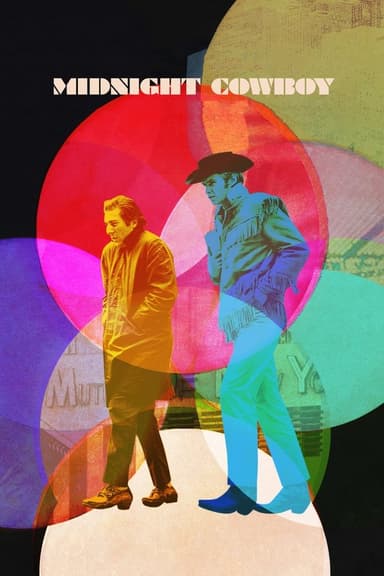
The Girl on a Motorcycle
1968 • Action, Drama, Romance, Thriller
Newly-married Rebecca leaves her husband's Alsatian bed on her prized motorbike - symbol of freedom and escape - to visit her lover in Heidelberg. En route she indulges in psychedelic reveries as she relives her changing relationship with the two men.
Runtime: 1h 31m
Why you should read the novel
If you crave a deeper exploration of Renée’s interior world, the original novel La Motocyclette by André Pieyre de Mandiargues is essential reading. The book delves into the protagonist’s thoughts with far more intimacy and psychological richness than the film conveys, weaving a literary tapestry of emotion, philosophy, and eroticism. Every moment spent in the written narrative immerses you in Renée's journey, both literal and spiritual, allowing you to fully understand her motives and yearnings.
The novel's poetic language elevates the story beyond what the visual medium can provide. Mandiargues’ prose captures the shifting landscapes, sensory details, and subtle symbolism riding the current of Renée's adventure. Readers become privy to her memories, fears, and fantasies, attaining an understanding of her character that is largely filtered or omitted in the movie adaptation.
Choosing to read La Motocyclette means engaging with a multifaceted tale that respects the complexity of the heroine’s passion, wanderlust, and existential questioning. Where a film must simplify or gloss over many nuances, the novel allows you to linger in the richness of Renée’s inner and outer journey, granting a more lasting and resonant experience.
Adaptation differences
One of the main differences between The Girl on a Motorcycle film and its source novel, La Motocyclette, lies in the portrayal of Renée's inner life. While the movie utilizes flashbacks and dreamlike visuals to suggest her memories and emotions, the book delves much more deeply into her psyche. On the page, Renée's internal monologue is intricate, filled with philosophical musings, erotic reverie, and existential questioning which are only briefly alluded to on screen.
Another significant difference is thematic focus. The novel emphasizes Renée’s motivations, her intellect, and her ambiguous feelings toward both her lover and her husband. In contrast, the film often shifts the focus to sensual spectacle and psychedelic escapism, leaning heavily on visual storytelling techniques rather than narrative introspection. This gives the movie a tone that can feel more superficial compared to the nuanced, literary original.
Additionally, some character relationships and events are simplified or altered in the transition from book to screen. Side characters and subplots present in Mandiargues’ novel are trimmed or left out entirely, resulting in a tighter narrative in the film but at the expense of some emotional depth and ambiguity. This condensation affects the complexity of Renée’s choices and the world she moves through.
Finally, the film’s ending and certain pivotal scenes are treated differently. The novel’s conclusion is more ambiguous, leaving larger questions about Renée's fate and the meaning of her journey. The adaptation opts for a more definitive visual closure, aligning with commercial film expectations but sacrificing some of the profound uncertainty and resonance crafted in the book.
The Girl on a Motorcycle inspired from
La Motocyclette
by André Pieyre de Mandiargues





